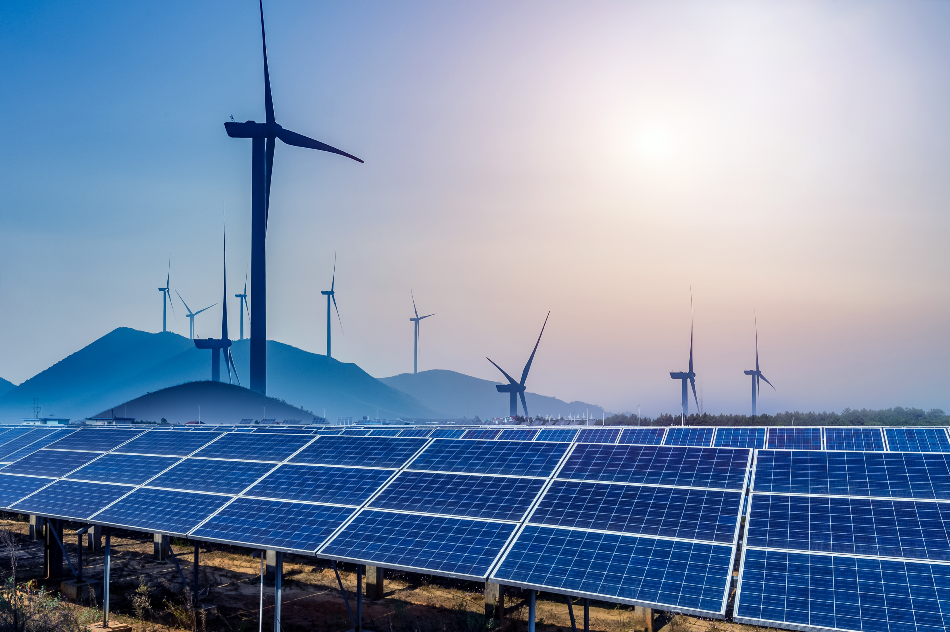
Image Credit: hrui/Shutterstock.com
Recent data on energy costs have uncovered that renewable energy is predicted to be consistently cheaper than fossil fuel energy sources from 2020. Even without subsidiaries, renewable energy is estimated to be more affordable than fossil fuel counterparts and will stay this way.
As prices of renewables have continued to drop as the technology it relies on has developed, and fossil fuels have only risen in cost in recent years, energy-dependent industries have begun to seriously consider how renewables can be implemented to power their operations. With mining being one of the world’s most energy reliant sectors, it’s unsurprising that major industry players are looking to make the switch to renewables to cut costs and reduce their carbon footprint.
Recent evidence has suggested that in making this switch, mining companies could enjoy a significant reduction to their energy bills, by as much as 40%. Since mining companies energy costs can represent 20-40% of their entire overheads, this saving is highly important.
Renewable Energy Integrated into Mining Infrastructure
Mining operations can be vast, occupying large areas of space, and projects can also take several years to complete. Because of this, it is viable for mining companies to build their own renewable energy harvesters into their infrastructure, thus generating their own power. Given that mining sites often build their own buildings, storage facilities and even train tracks and roads, constructing a power supply isn’t farfetched. Over recent years there have been several examples of large mining operations successfully incorporating sources of generating renewable energy into their own infrastructure, in the form of solar panels or wind turbines.
The success of these projects has relied upon the incorporation of two further components, the first being a form of an energy storage solution, the second being a way of distributing power locally by using a microgrid.
Storage Solutions
Renewable energy by its nature is intermittent. Wind and solar energy are not continually available, which presents a huge problem to industries such as mining which rely on huge amounts of power continuously. The impact of a blackout during mining operations could lead to an expensive downtime in operations, and could even be dangerous. Luckily, technology in storage solutions of renewable energy has rapidly developed in recent years, meaning that mining companies have various options available to them for storing renewable power to be distributed when input is low.
Two solutions in particular are of relevance to renewable energy in mining operations. The first is storing energy as hydrogen, which can be combusted when there isn’t enough energy being generated through the renewable source. It works through using excess renewable energy to power the electrolysis of water to produce hydrogen which is then stored. The second option is in using batteries to store excess renewable power. Battery storage has developed greatly in recent years, there are even large projects in Australia where huge batteries are being used to supplement renewable sources to bring a reliable source of power to the grid.
Microgrids
Microgrids form the last component of a successful system of renewable power in mining operations. The microgrid serves as a method of delivering the power from either the renewable source, or the stored energy, to all areas of the mining project. This enables the mining operation to power itself independently of the main power grid.
Through the implementation of a storage solution and microgrid alongside a renewable energy source, the mining industry faces significant cuts to the cost of powering their operations, and as renewable energy costs continue to fall, the reduction in cost may become even more significant.
Disclaimer: The views expressed here are those of the author expressed in their private capacity and do not necessarily represent the views of AZoM.com Limited T/A AZoNetwork the owner and operator of this website. This disclaimer forms part of the Terms and conditions of use of this website.